William Anderson Sherwood, 1875 – 1951
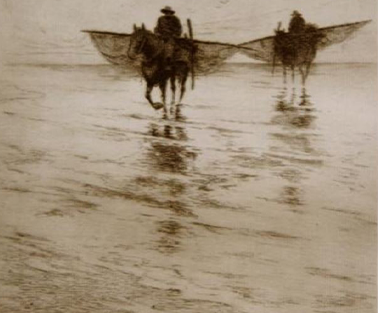
Baltimore native William Anderson Sherwood (1875-1951) was a painter and engraver who attended St. John's College and belonged to the American Federation of Arts. Sherwood's works are held in many collections: the Royal Collection of Queen Mother Elizabeth of Belgium, the Library of Congress, the National Gallery of Art in Washington and the Art Institute of Chicago. He was a member of the Société des Beaux-Arts, the Société Royale des Aquafortistes, and a Chevalier of the Ordre de la Couronne Belge. His etchings, mostly executed before World War I, depict daily life in Belgium; he documented various peoples and places with subdued but rich color palettes. During World War I, when Belgium was suffering hideously, he wrote to the Belgian Relief Committee in the United States and described the devastation he had witnessed, including the fall of Antwerp, after which he and many others fled to Holland. Portions of his letter were published in The New York Times on December 1, 1914: "I could go on indefinitely telling stories of actual cases seen by me, from the humble working people through the middle class to the rich merchants, and even the nobles, who are brought to want and physical suffering, with no chance to help themselves, forced to accept charity from their neighbor-the Hollander" (4).
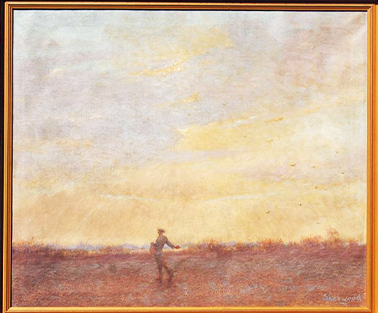
When Sherwood received the honor of becoming a Knight of the Cross from the Belgian king, his recognition was covered in a January 17, 1932 article in The Baltimore Sun. The article also described a retrospective exhibition of his work in Antwerp in 1931, featuring oil paintings, watercolors, and color-etchings that included "canvases of picturesque Jugo-Slavia where he has been spending some time" (AS8).
In Sherwood's 1951 obituary published by The Washington Post, his popularity in Belgian painting circles was said to come from his later work, "surrealistic watercolor interpretations of dreams" (August 14, 1951, B2). The New York Herald Tribune's obituary for Sherwood noted that the artist had moved to Belgium in 1904 seeking isolation, which he considered a necessary condition for his work (August 14, 1951, 16). Sherwood must have found that isolation since he remained there, mostly in Antwerp, for the last 47 years of his life.
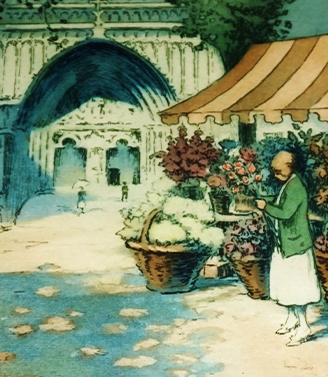
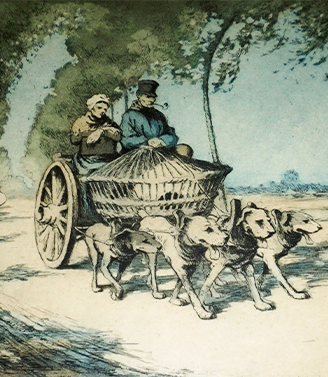
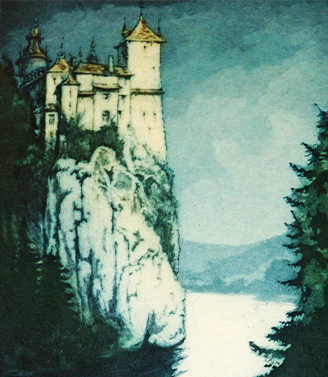
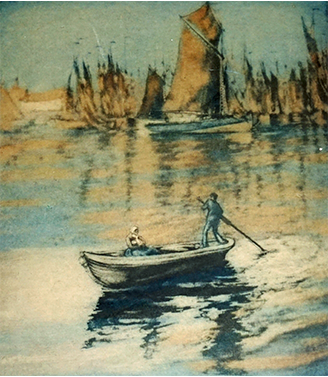
Sources
- "Artist, Famed Abroad, To Exhibit At Museum." The Baltimore Sun, November 25, 1934, p. SA17. ProQuest.
- "Baltimorean Decorated in Belgium." The Baltimore Sun, January 17, 1932, p. AS8. ProQuest.
- "Braved Antwerp Bombardment to Save Pictures." The New York Times, November 22, 1914, p. SM7. ProQuest.
- "Rich and Poor Face Hunger in Belgium: Artist Sherwood Tells of Noble Families That Are Glad to Accept Charity." The New York Times, December 1, 1914, p. 4. ProQuest.
- "William A. Sherwood, 76; Famed American Painter." The Washington Post, August 14, 1951, p. B2. ProQuest.
- "William A. Sherwood, Painter and Etcher, 76." New York Herald Tribune, August 14, 1951, p. 16. ProQuest.